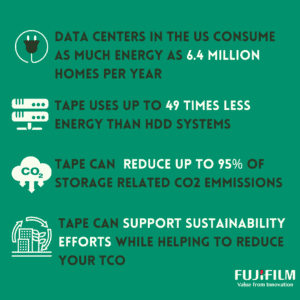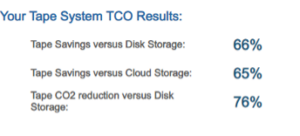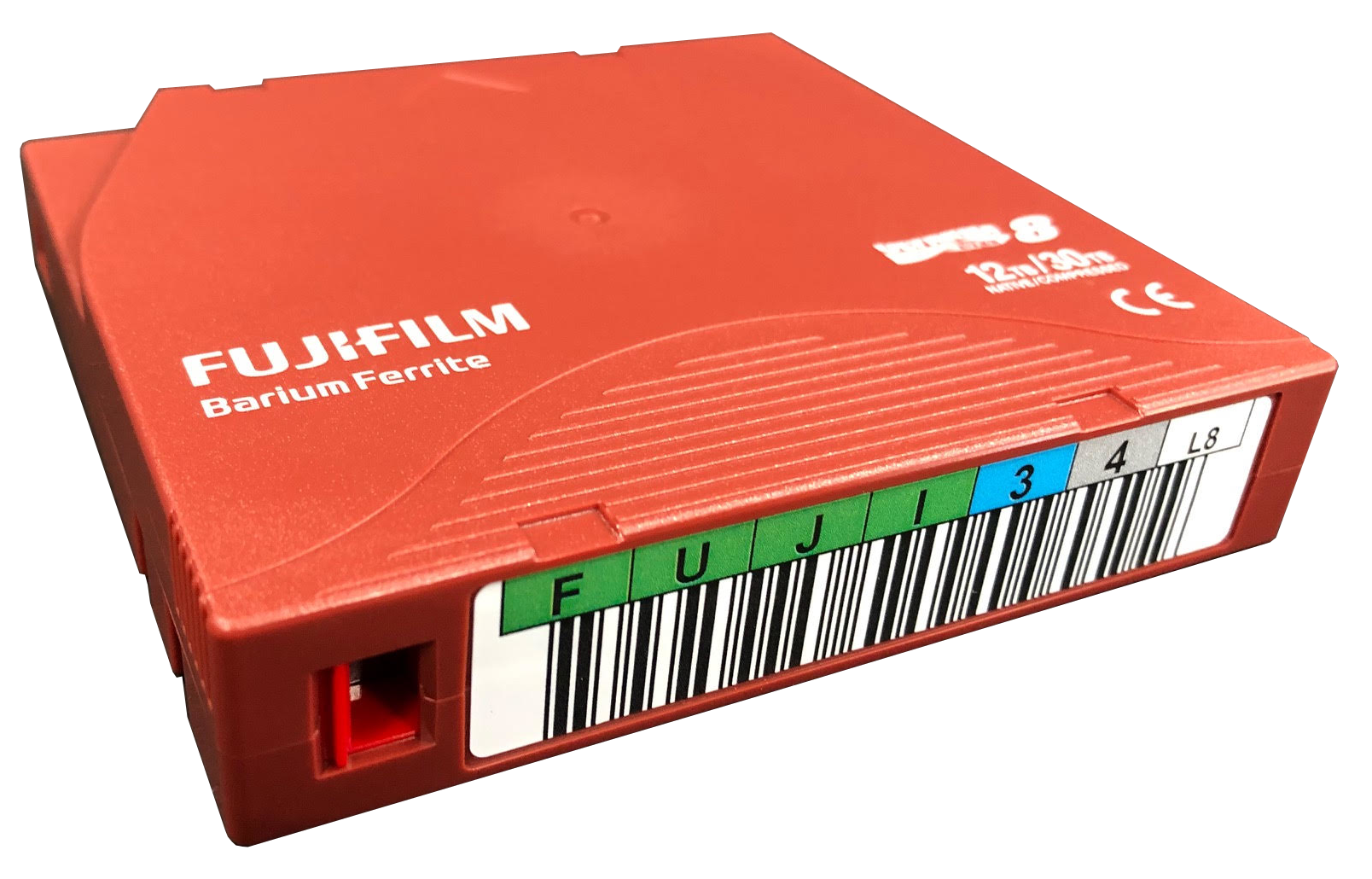5 Big Predictions that will Impact Data Storage in 2022…and Beyond

It seems like 2020 and 2021 have blended to combine into one long, tough time for all of us. Let’s hope 2022 emerges on the brighter side! In the meantime, here are 5 big predictions we see coming up in this New Year and beyond:
1. Increasing Focus on IT Energy Consumption
Severe weather was once again a hallmark of 2021, from the Texas deep freeze right up to the bitter end of 2021. As unusual tornadoes and wildfires reminded us of the negative impact of global warming and climate change.
According to a report from the United Nations released in August of 2021, irreversible damage has already been done to the environment as a result of greenhouse gas emissions. The world showed renewed interest in the COP 26 conference in Glasgow where countries from around the globe gathered to pledge their commitments to combat climate change.
Wall Street got in on the act too and will increasingly demand that companies disclose their sustainability initiatives and results. Accordingly, more and more companies will be appointing Chief Sustainability Officers who will put pressure on their organization’s energy usage including energy-intensive IT operations. The use of renewables, but also energy conservation measures will be mandated.
Curbing CO2 emissions is quickly becoming a C-suite imperative and storage will not escape the scrutiny. Research shows that 81% of CIOs would consider alternative data storage options that are more cost-effective and sustainable. This will set the stage for new tape system deployments that not only can reduce TCO by more than 70%, but can reduce CO2 emissions by 95% compared to traditional HDD storage.
2. Return to Hybrid Cloud Strategies
Prior to COVID 19, the term “cloud repatriation” appeared often in the press as it turned out that cloud was not a panacea for everything. But COVID 19 understandably created short-term storage strategies often resulting in a flight to the cloud.
However, long-term thinking will favor hybrid cloud strategies where the best of public cloud plus on-prem private cloud provides maximum flexibility and value. This will especially apply to data accessibility, regulatory requirements, data governance, and cybercrime risks including ransomware.
Today’s modern automated tape solutions will provide the advantages of cost, scalability, reliability, and data protection to support the hybrid cloud model.
3. Storage Optimization Will Be Key to Data Growth Management
With the continuing digital transformation comes the zettabyte age of storage where data to be stored globally will approach 6.0 zettabytes (ZB) in 2022, according to a leading IT industry analyst. Just one ZB would require 55 million 18.0 TB HDDs or 55 million 18.0 TB LTO-9 cartridges!
Storage optimization, that is to say, getting the right data, in the right place, at the right time, and at the right cost will be critical to maintaining competitive advantage.
Intelligent data management will be required, leveraging multiple tiers of storage, active archives, and innovative S3-compatible archive solutions for object storage. Nowhere will this be more apparent than in digital preservation and high-performance computing environments with a simple need to offload expensive object storage to cost-effective tape systems using an S3-compatible API.
4. Continuing Rise of Ransomware

“Backup your data, system images, and configurations, test your backups, and keep backups offline.”
As ransomware hackers mature in sophistication (and profits), online backups are increasingly being targeted to hamper recovery efforts, including cloud-based backups connected to a network. As a result, the value of affordable, removable, and highly-portable tape will only increase, providing true air gap protection (meaning offline, offsite backups in a secure location).
5. Video Surveillance Content Management
As we predicted last year, data tape has increasingly become a strategic option in managing the ballooning volume of video content associated with video surveillance applications.
Due to security reasons, regulatory compliance, or for future analytics, retention volumes and periods will only increase making legacy HDD solutions cost-prohibitive and unsustainable in terms of energy consumption. Look for increasing adoption of cost-effective tier 2 tape in video retention workflows in 2022.
Successfully emerging from the combined years of 2020 and 2021 will require getting back to strategic, long-term planning. Given the relentless growth of data, environmental concerns, and limited resources and budgets, today’s highly advanced tape storage will play an increasingly vital role in 2022 and beyond.



 We as a society, as individuals and as commercial organizations and governments need to take action. No effort is too small, even turning off a single light switch when not needed is worthwhile. Collectively we can make a difference.
We as a society, as individuals and as commercial organizations and governments need to take action. No effort is too small, even turning off a single light switch when not needed is worthwhile. Collectively we can make a difference.








